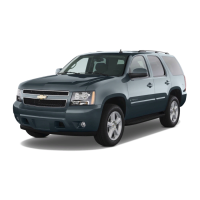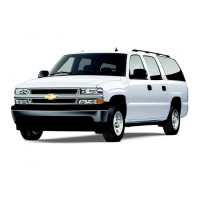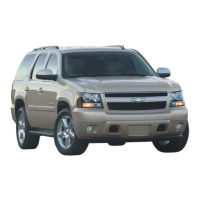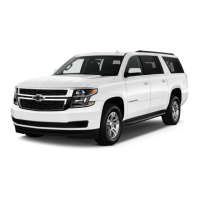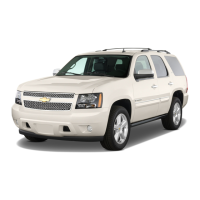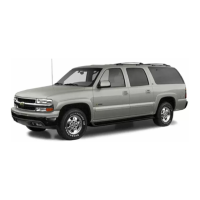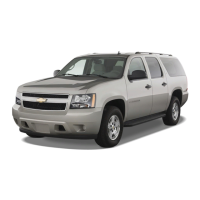Scheduled
Maintenance
Services
When the wheels are removed for rotation, inspect disc brake pads for wear
and rotors for surface condition.
Also
inspect drum brake linings for wear and
cracks. Inspect other brake parts, including drums, wheel cylinders, parking
brake, etc., at the same time. Remove any rust
or
dirt from the wheel and
mounting surfaces before mounting the wheel.
Inspect brakes more often if driving habits or conditions result in
frequent braking.
Owner
Checks
and
Services
Listed below are owner checks and services which should be made at the
time period specified to help ensure proper safety, emission performance, and
dependability of your vehicle.
Be sure any necessary repairs are completed at once. Whenever any fluids
or
lubricants are added to your vehicle, make sure they are the proper ones,
as shown in this Section.
At
Least
Once
a
Month
Tire inflation pressure check
--Check the tires for proper inflation.
If
they
are low, inflate them to the level specified on the certification label
or
on the
tire inflation charts. See “Loading Your Vehicle” or “Inflation-Tire Pressure” in
the Index.
At
Least
Once
a
Year
Key lock cylinder lubrication
--Lubricate key lock cylinders with engine
oil.
See the “Recommended Fluid and Lubricants” chart in this section.
Transmission neutral or clutch start switch operation
4
When you are doing this check, the vehicle could move suddenly.
If
it does, you
or
others could be injured. Follow the steps below.
I
1.
Before you start, be sure you have enough room around the vehicle.
2.
Firmly apply both the manual parking brake and the regular brake. See
“Brakes” and “Parking Brake” in the Index.
Do
not use the accelerator
pedal.
3.
Be
ready
to
turn
off
the
engine immediately
if
it
starts.
4.
On automatic transmission vehicles,
try
to start the engine in each gear.
The starter should work only in
P
(Park) or
N
(Neutral).
7-22

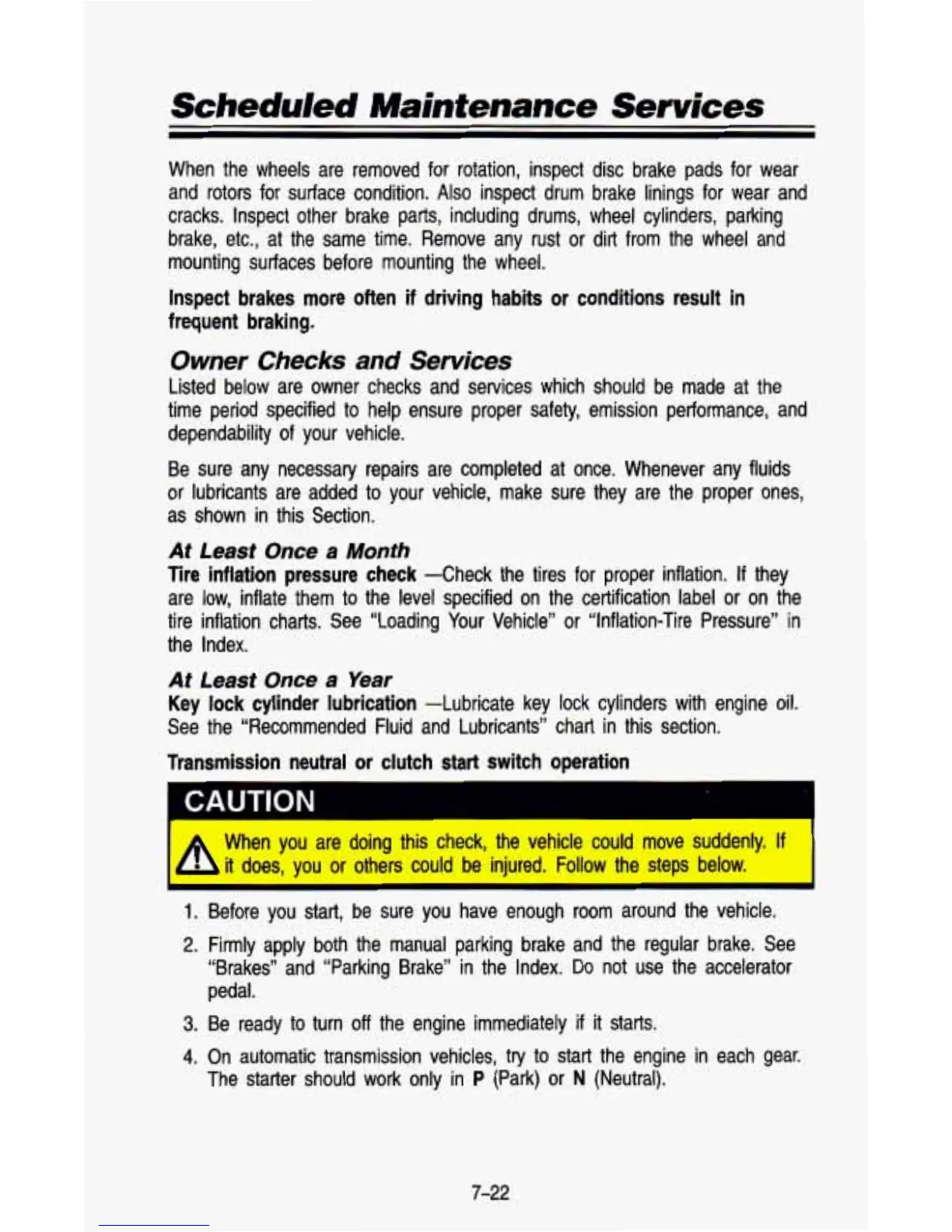